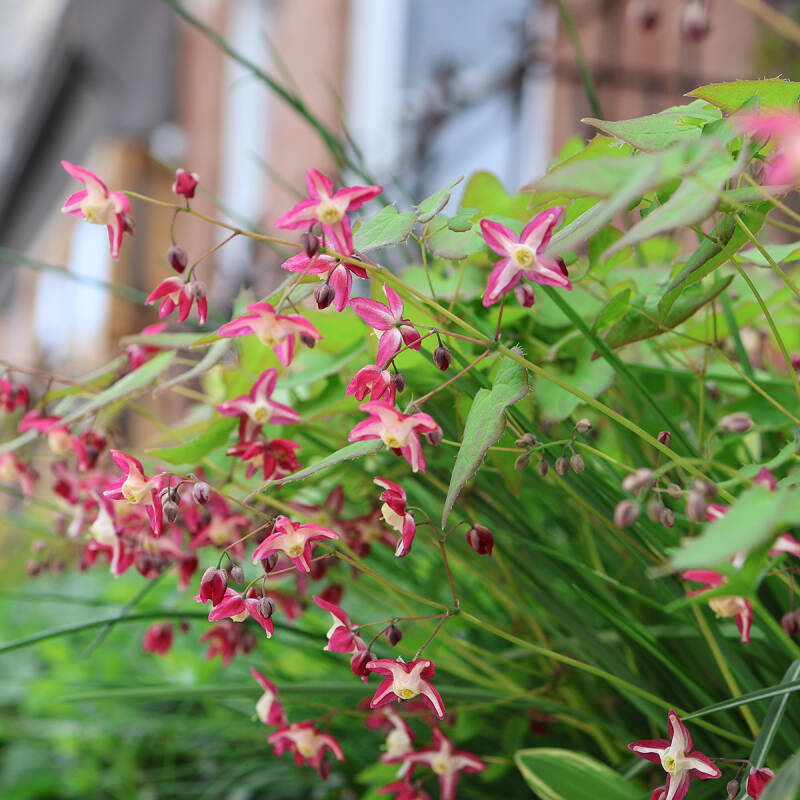Corn Cockle, Agrostemma githago
Looking for an underused but highly charming cottage flower? Agrostemma could be it. I have recently started adding this cutie to both my clients’ cutting gardens and rambunctious planting beds. One look at the playful petals, one encounter watching the flower-filled stems bop back and forth in barely a breeze, and one sighting of them tucked into a loose flower arrangement—and you will instantly want this bloom for your garden.
Please keep reading to learn more about this old-fashioned flower:

Super easy to grow, Agrostemma is a half hardy annual that deserves a comeback. Its botanical name is derived from agros (field, countryside) and stemma (garland, wreath), hinting at its usefulness in beautifying objects. Native to Europe, this florific plant, also known as corn cockle, thrives in cool weather and therefore really shines in early summer, before rising temperatures slow it down; if you live in a mild climate, it will continue to bloom all the way to September. Willowy, silvery-green stems stand relatively upright and reach about 36 inches tall and 18 inches wide.

This plant is fast and easy to grow from seed, and you can do this by sowing seeds outdoors in the very early spring for a late spring bloomfest, or fall or winter in warmer climates (Zones 8 and above). If you find nursery grown plants (I like to buy them in 4 inch pots), add compost to the soil when planting. Once your Agrostemma starts its show, cut your flowers for arrangements when the flutes are half opened. And deadhead when spent blooms arrive to extend the flowering season. Toward the end of the season, leave some flowers to set seed so you can get some self-sown sweeties for next year. Pro tip: Plant a few in a cluster for a mass effect, or wind and weave some through a planting bed for a loose and airy feel.
Cheat Sheet

- Perfect in a cutting, cottage, or Victorian garden, or even winding through a meadow.
- Adds a romantic, carefree feel.
- Great companion plants are: Calendula, Centaurea, Peony, and Iris.
- Attracts bees and other critical pollinators.
- All parts of this plant, including the seeds, are poisonous so be careful around children and pets.
- Naturally deer-resistant.
Keep It Alive

- Full sun is best.
- Plant in regular to rich soil that drains well.
- Medium amounts of water are perfect to keep it happy, but it can also tolerate some drought.
- Surprisingly no fertilizer is required and no pests will bother it.
- May need support at the base if too floppy for your taste. Otherwise appreciate its relaxed look.
See also:













Have a Question or Comment About This Post?
Join the conversation (1)